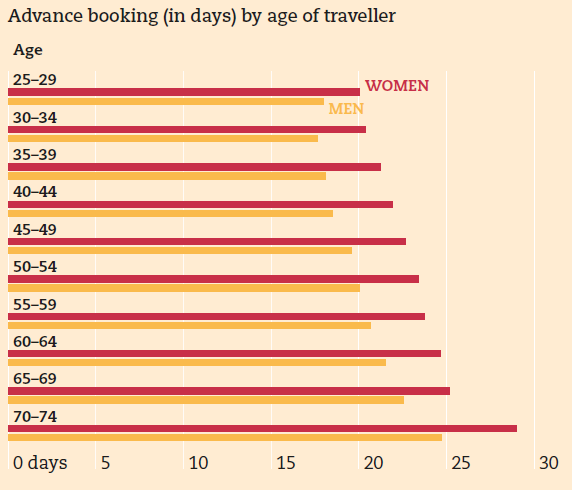
In advance of his talk at the BESIG conference in Malta (November 10-12), John Hughes describes how he makes use of business research in his teaching and materials writing.
Business research can take many forms – from a customer survey run by a marketing consultancy to a university department setting up experiments to explore workplace behaviour. When this kind of research is reported in business publications or university journals, I often find it a useful resource to take into lessons.
You might be thinking that for many of your business English students, such research might be rather dry and distant from their everyday world of work. However, a great deal of research currently going on in business schools for example has huge implications on our lives. So, if you can select the right kind of research text and data, students can enjoy learning something new about business as well as learning English.
Here are four points to consider about using texts with research in your Business English classroom.
Useful sources reporting research and data
Results of research and surveys related to business and research often appear or are referred to in publications such as The Economist, The Harvard Business Review or Fast Company. In addition, you can also come across reports with data in your daily newspaper or online. In particular, infographics often include data shown in a visual format and you can find one that’s relevant to your students by googling the words ‘infographic + [your choice of topic]’.
Choosing relevant research

If all your students come from the same area of business, then you’ll want research that relates directly to their field. However, the reality is that many Business English classes or English for work classes contain a broad range of interests; for these types of students I tend to choose research which has broad appeal. For example, one piece of research which appeared in the Harvard Business Review reported on data based on 6.4 million flight bookings.
Taken from Business Result Upper Intermediate Second Edition, page 43. For the full reference please see the end of this blog post.
The data showed that women tend to book flights earlier than men and that older women book sooner than younger women. The data concluded that older women save more money and implied that companies should bear this in mind when appointing people to decision making posts. Such research works well in many classes because the implications of the data affect everyone and generate natural discussion about issues such as gender, age, and responsibility.
Thinking critically about the research data
Once you have chosen a text that reports research you need to design activities to go with it. An obvious starting point is to write some reading comprehension questions to check understanding. However, students also need to approach research critically and question its validity. You can also approach a text by asking students to think about questions such as:
– Is the source of the research or data reliable?
– How was the data gathered?
– Was the survey size large enough?
Students doing their own research
Texts with research results often offer a springboard into in-class surveys or questionnaires. For example, with the earlier example of decision-making in flight bookings, students could do a survey of the class’s own flight booking behaviour and see if the results reflect those in the text. Students can also design their own online surveys and questionnaires using tools such as Google Forms or SurveyMonkey. The benefit of using online surveys is that students can get a much larger response from people outside of the class. These tools also create instant results in graphic forms which students can use in their own report writing or classroom presentations of their research.
By bringing in texts with research results, a teacher can develop students’ reading, writing and speaking skills. In the new second edition of Business Result we also included video interviews with researchers from SAID Business School (part of Oxford University) describing their research so students can also benefit from listening practice.
If you are attending the BESIG conference in Malta on November 11th, I’ll be exploring the further uses of business research and suggesting practical ways of exploiting it in the classroom.
The graph in this blog post is taken from page 43 of Business Result Upper Intermediate Second Edition: ‘Gender differences in booking business travel: Advance booking behavior and associated financial impact’ from https://www.carlsonwagonlit.com/content/cwt/ch/en/news/news-releases/20160412-women-book-flights-earlier-and-pay-less.html. Reproduced by permission of Carlson Wagonlit Travel.
John Hughes is a teacher, trainer and ELT author. His titles for Oxford University Press include Business Result, Business Focus, Successful Meetings and Successful Presentations. John has also run Business English Teacher training courses for schools and teachers all around the world. At last year’s BESIG conference, he received The David Riley Award for Innovation in Business English and ESP.

